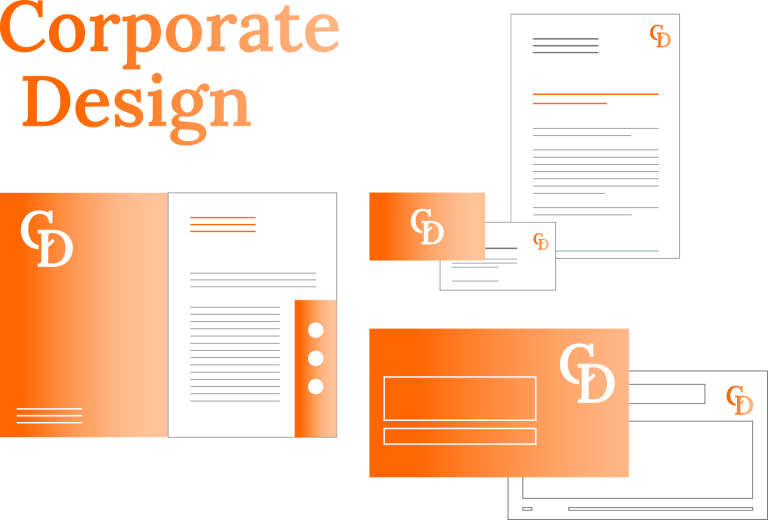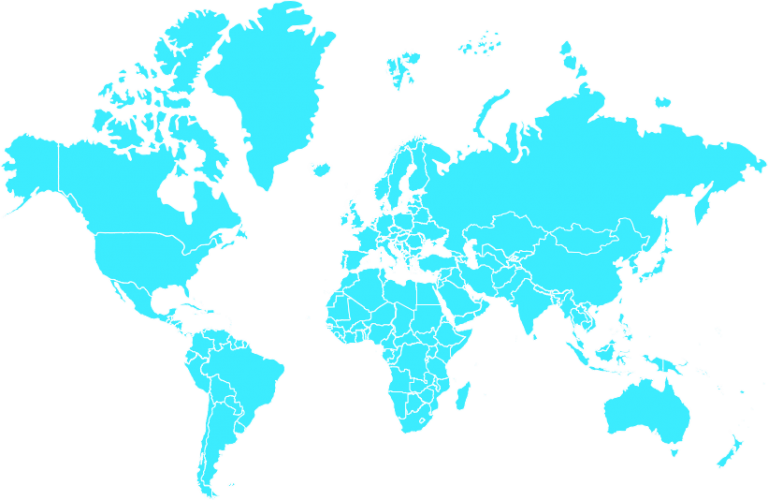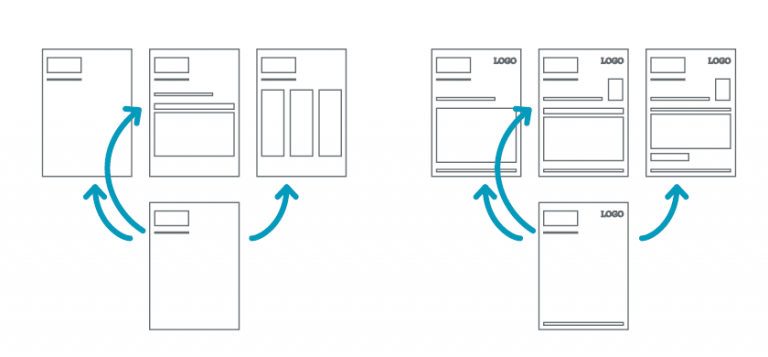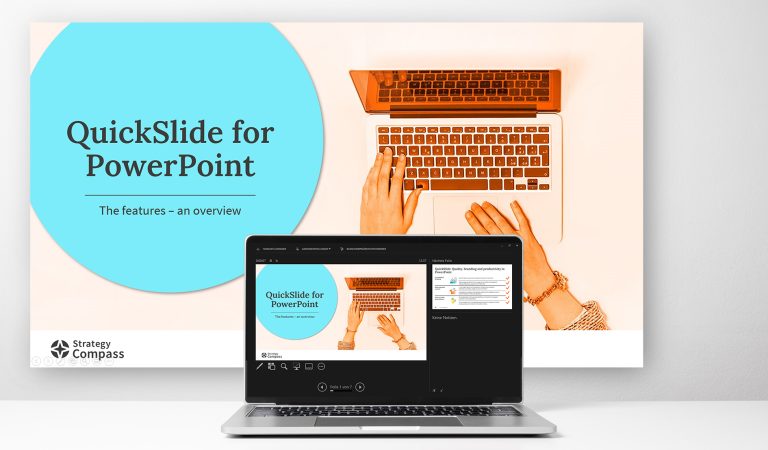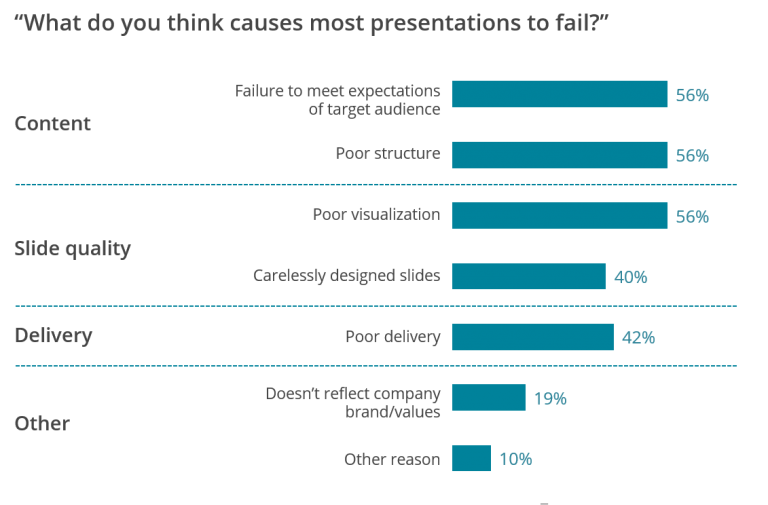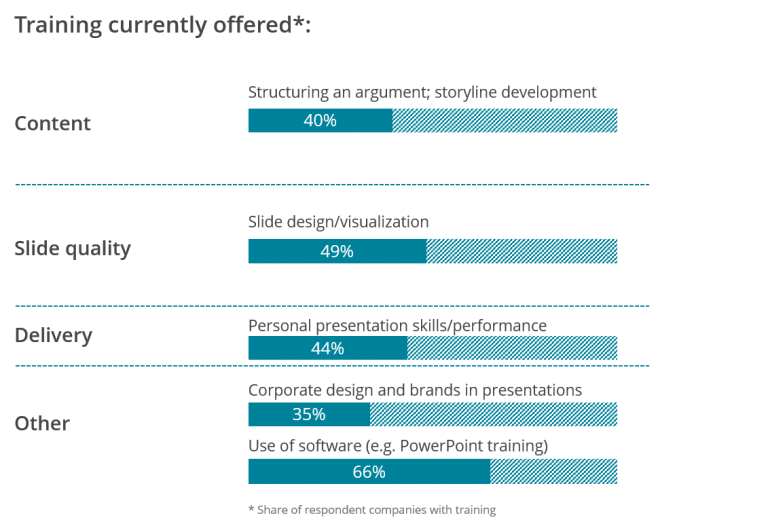Effective internal brand communications using presentations
In another blog post, we talked about the fine art of creating brand experiences using presentations. Here, we’ll look at the role of presentations in internal communications. Our own research revealed that more business presentations are held internally than externally. Think of presentations to decision-makers, project updates, review meetings, sales conferences, departmental meetings, and a dozen other occasions. One little word tells you something about the level of importance attributed to these presentations. That word is “only.” It is “only” for internal purposes, “only” for our department, “only” meant as an update. Sound familiar?
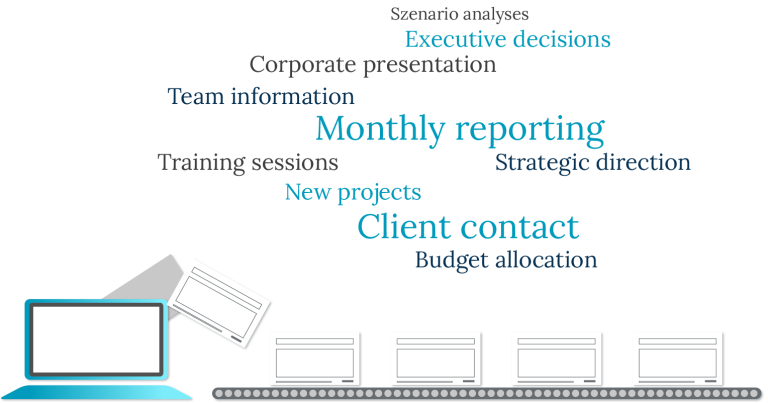
Brands come to life from within
You’ve defined your brand’s personality. You’ve set your image objectives. Perhaps you’ve even developed a tagline that sums up your brand in a few words. Then you gathered all your communication assets and distributed them via multiple channels in the market, to resonate with the hearts and minds of your customers and business partners.
Brands and companies come to life through the people who represent them. This can happen at the most diverse touchpoints ‒ over the phone, in the lobby, at client appointments, events, trade fairs, even at the goods delivery ramp or through maintenance personnel – all of these people are your brand ambassadors. Yet they can only fulfil this role if your internal marketing is clear and supports them in this function.
So let’s fire up your internal communications and steer your brand into the hearts of your colleagues, using those nifty tools called presentations.
Many hands make light work
Stop using the word “only” in relation to internal documents, meetings, and events. Use presentations to make the key attributes of your brand tangible, with a smile, with charm and with constant repetition. Use your tagline everywhere so that it becomes a presence in every situation. Get your organization excited about itself!
What does this encompass?
- Ask yourself how your key brand attributes impact on internal actions and behaviors. How do characteristics such as “customer-oriented, likeable, different from the others” impact on internal presentations? How do you get your team or other colleagues to feel that?
- If you have a tagline, how does it run through the presentation? Is it implied? In wording and stories? Does it make your brand tangible? If so, how?
- How do you make the presentation creation process easier for your colleagues? Which services do you provide internally that make PowerPoint easier to use for them? Some ideas: slide templates, brand narratives or storylines, simple graphics, instant adaptation of whole presentations or slides to your corporate design and corporate identity requirements. Your brand messages and brand image need to be consistently integrated everywhere.
- Do you adopt a top-down approach? If so, how? Are C-level managers on your side and setting an example for internal presentations? Are your expectations clearly formulated? Do you give detailed feedback on the appearance and performance of presentations, all in the spirit of your brand and your marketing?
External communications or marketing activities and internal communications efforts can all support and complement each other in reinforcing your whole brand experience. If you act consistently, check everything thoroughly and offer supporting services, then your internal presentations will go down a treat, and can contribute to the overall enjoyment of the brand. Depending on your organization’s setup, a specialized presentation agency can support you in your efforts. Before choosing an agency, make sure it offers these three things: true brand understanding, the necessary software, and a profound competence for implementation.
Allocate “only” a bit more of your time today to the inner life of your brand. You’ll be amazed at the difference it makes when you have numerous brand ambassadors on board.


